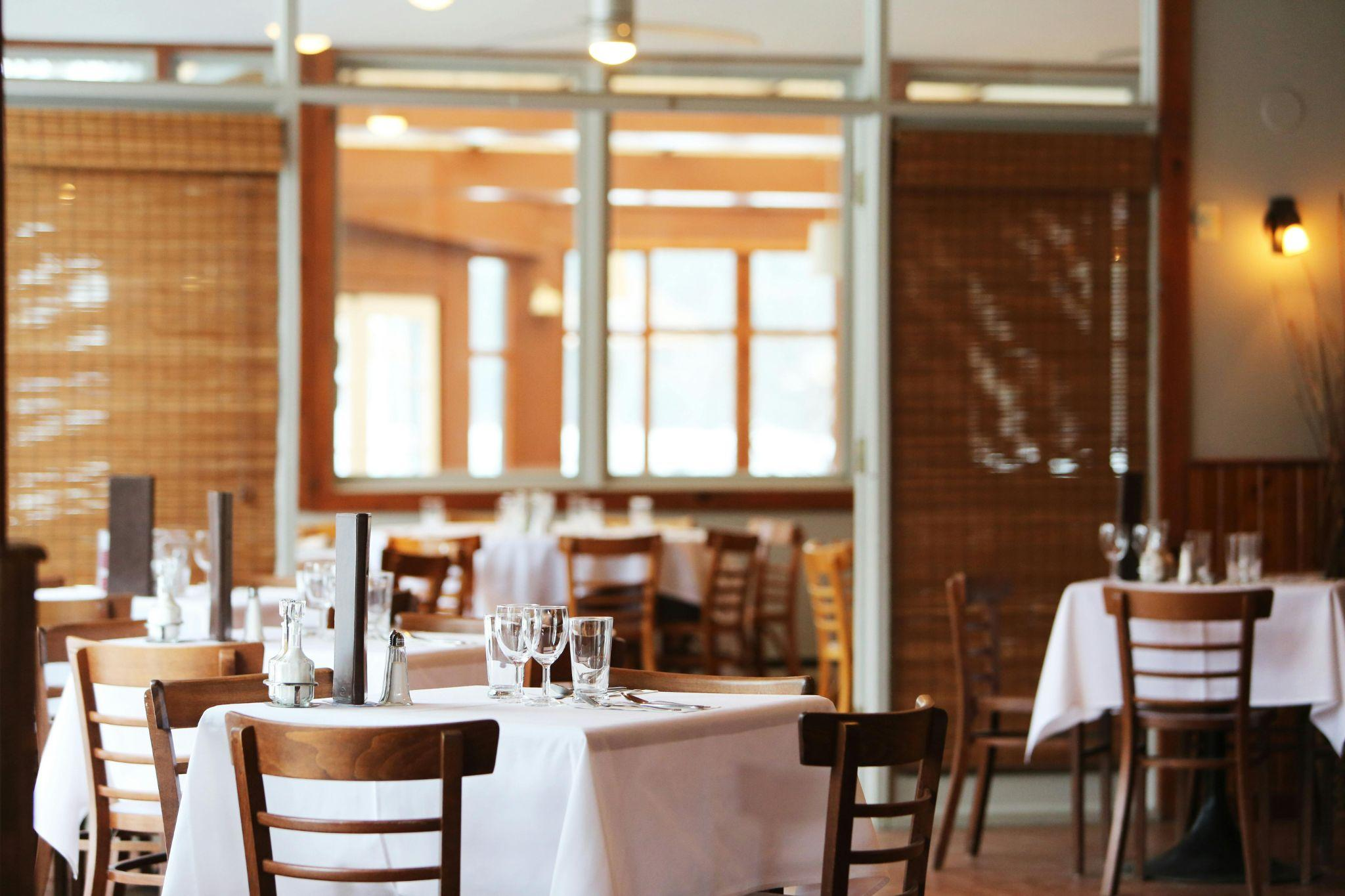
Food allergies are becoming a growing concern for many diners. Restaurants must guarantee a safe dining experience for customers with food allergies. Quick action is needed when an allergic reaction occurs in a restaurant. It can range from mild itching to potentially fatal anaphylaxis.
Knowing what to do in the event of an allergic reaction and being aware of food allergies could mean the difference between the life and death of a customer in the restaurant industry. This article explains the preventative steps and necessary first-aid training that restaurant staff should receive to prevent these incidents.
Understanding Food Allergies
Food allergies occur after consuming a particular food and are a reaction of the immune system when it wrongly detects the protein in the food. Common allergens include peanuts, fish, shellfish, eggs, soy, wheat, and milk.
It can either be minor symptoms like itching or hives or can be more serious reactions like breathing difficulties, throat swelling, or even anaphylaxis. It is a life-threatening condition that requires quick medical attention, or it can be fatal.
Anaphylaxis
Anaphylaxis is a life-threatening condition that can be triggered due to severe food allergies. It can cause breathing difficulty and lower your blood pressure and heart rate. If a customer is experiencing this condition, the restaurant staff should take the following steps:
- Use the epinephrine auto-injector according to instructions. Hold the pen firmly against the guest’s outer thigh for three seconds.
- Even after injecting epinephrine, it’s important to call 911. Anaphylaxis can cause a second wave of symptoms after the first dose of epinephrine wears off.
- If the person becomes unresponsive or stops breathing, begin CPR until help arrives.
Steps to Prevent Food Allergy
Restaurants need to prioritize the well-being and safety of their customers. The following are some guidelines for restaurants to ensure they provide customers a safe dining environment that takes food allergies into account:
- Provide first aid training: When an allergic reaction happens, the staff should be able to handle it. For that, restaurants must provide different first-aid training programs to their staff. They should know what symptoms to watch out for and how to get help quickly.
- Staff training: Ensure kitchen staff are aware of common food allergens. They should be educated on where these allergens come from and how cross-contamination can occur.
- Clear menu: Your menu should be precise regarding allergens. A good way to do this is by having an allergy menu, or clearly marking dishes containing common allergens.
- Ingredients: Work closely with your suppliers to ensure you know what ingredients you’re getting, from the main dishes to the sauces and condiments. This way, you can provide customers with accurate information.
- Separate prep areas: Use separate prep areas to prepare allergen-free dishes to help avoid cross-contamination. This includes using different utensils, equipment, and surfaces for these dishes. Cleaning everything thoroughly between uses is also key to ensuring no allergens linger.
Endnote
Managing food allergies requires you to be constantly vigilant and prepared. You can achieve this by educating yourself and your restaurant staff on how to cope with these situations and what steps to take in case of emergencies. Having better knowledge and first aid training about food allergies can help staff members reduce such risks and provide customers with a more comfortable and secure dining environment.



